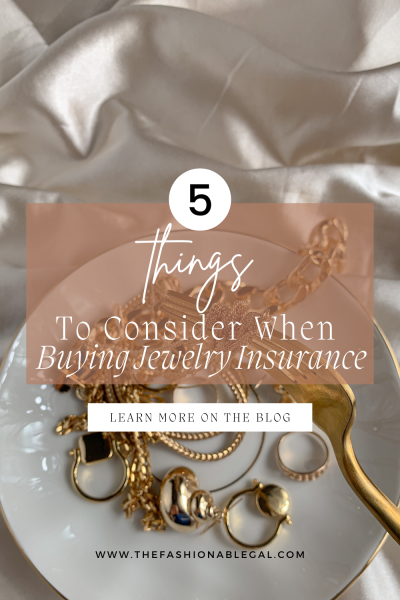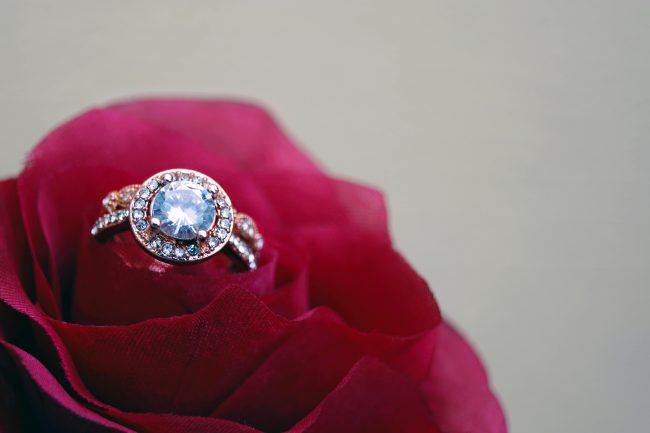
Jewelry insurance isn’t something to take lightly—after all, you’re trusting someone to protect your most valuable pieces. Whether it’s your engagement ring, a family heirloom, or a collection of dainty rings you adore, the right insurance policy gives you peace of mind. If your jewelry is ever lost, stolen, or damaged, you’ll want to be covered. Here are five key things to consider before choosing a policy.
1. Coverage for Specific Events
Not all jewelry insurance policies are created equal. Some cover accidental damage, theft, and loss, while others may also protect against natural disasters or incidents that happen while traveling. If you want coverage for something specific—like losing your diamond bracelet at the beach on vacation—you need to make sure your policy includes it. Always check the fine print so you don’t get caught off guard by exclusions.
2. Appraisal and Documentation Requirements
Most insurance companies won’t just take your word for how much your jewelry is worth. They’ll likely require an official appraisal to determine the value before they issue a policy. Keeping up-to-date documentation is also crucial if you ever need to file a claim. Some insurers even offer periodic reappraisals, so make sure your provider has a process in place to update your coverage as needed.

3. Premiums and Deductibles
Like any insurance, jewelry coverage comes with costs—both in premiums (your yearly payment) and deductibles (what you pay out-of-pocket before coverage kicks in). These amounts depend on the value of your jewelry, the level of coverage, and other factors. The key is to find a balance: you want a premium that fits your budget, but also a deductible that makes sense if you ever need to file a claim. For example, if you have a classic brooch worth $5,000, a high deductible could mean paying a significant amount out of pocket before your insurance covers the rest. Make sure the deductible is reasonable for the value of your pieces.
4. Replacement or Cash Payout
Jewelry insurance usually pays out in one of two ways: replacement or cash. Some policies will replace your lost or damaged piece with one of similar value, while others offer a cash payout based on its current worth. If you have sentimental attachment to a specific item and want it repaired or replaced with something nearly identical, make sure your insurer’s policy aligns with your preferences.
5. Provider Reputation and Claims Process
An insurance policy is only as good as the company backing it. Do your research—read reviews, check ratings, and make sure the insurer has a reputation for fair claims processing. A seamless, hassle-free claims process is a must. Some companies even offer additional perks, like helping you find a jeweler for repairs.
Final Thoughts
Jewelry insurance is a smart way to protect your engagement ring and other cherished pieces, but not all policies are the same. Compare coverage options, costs, appraisals, and claim procedures before making a decision. And if you want extra peace of mind, look for a provider that offers perks like coverage for travel or special events. A little research now can save you a major headache later!